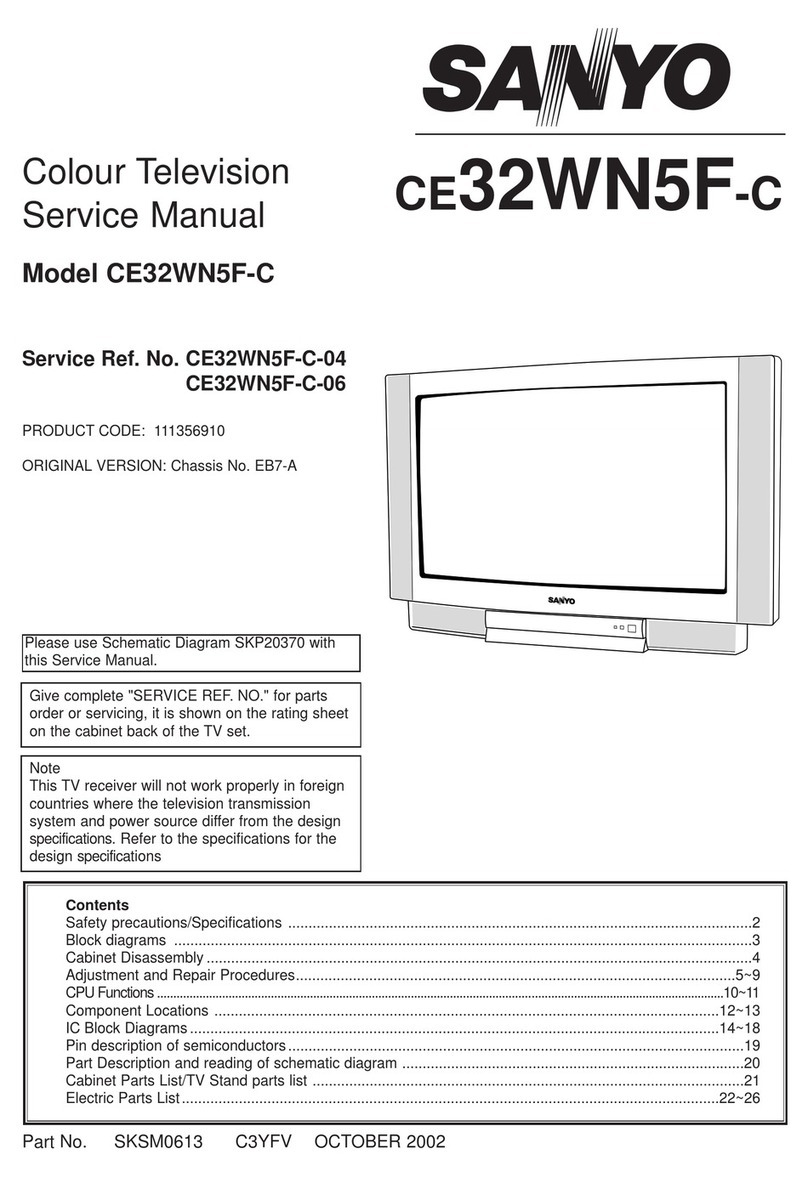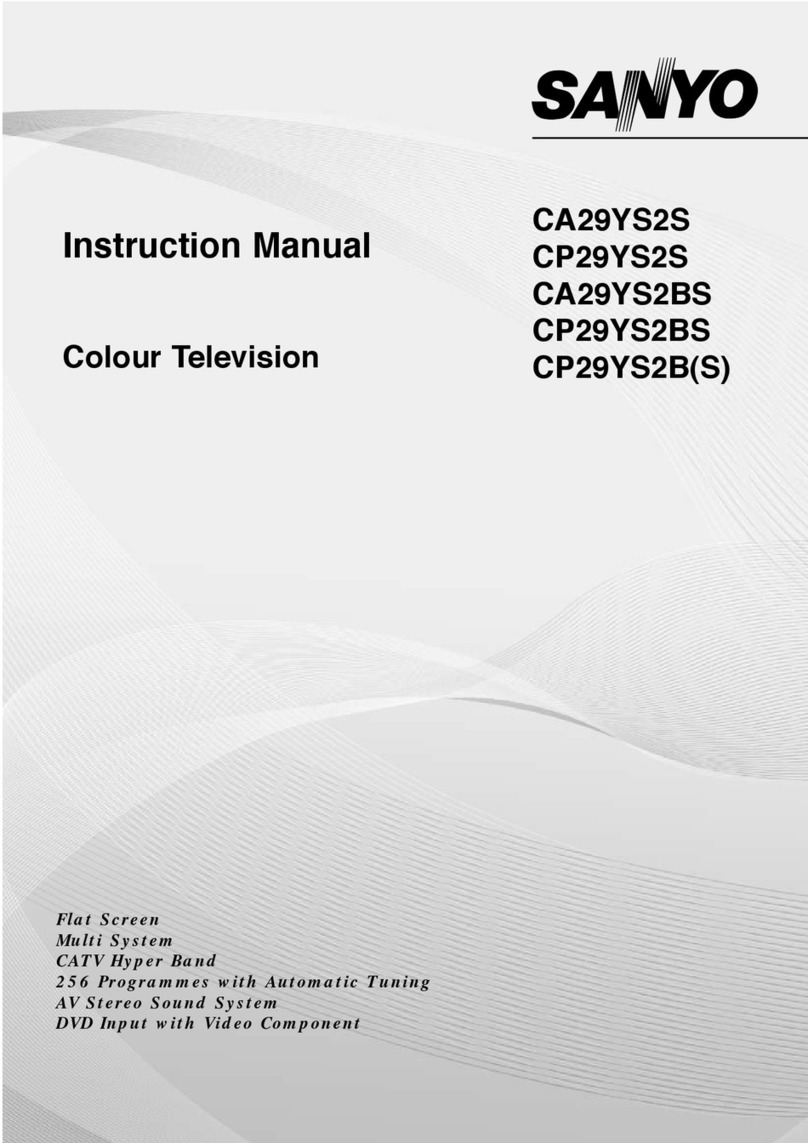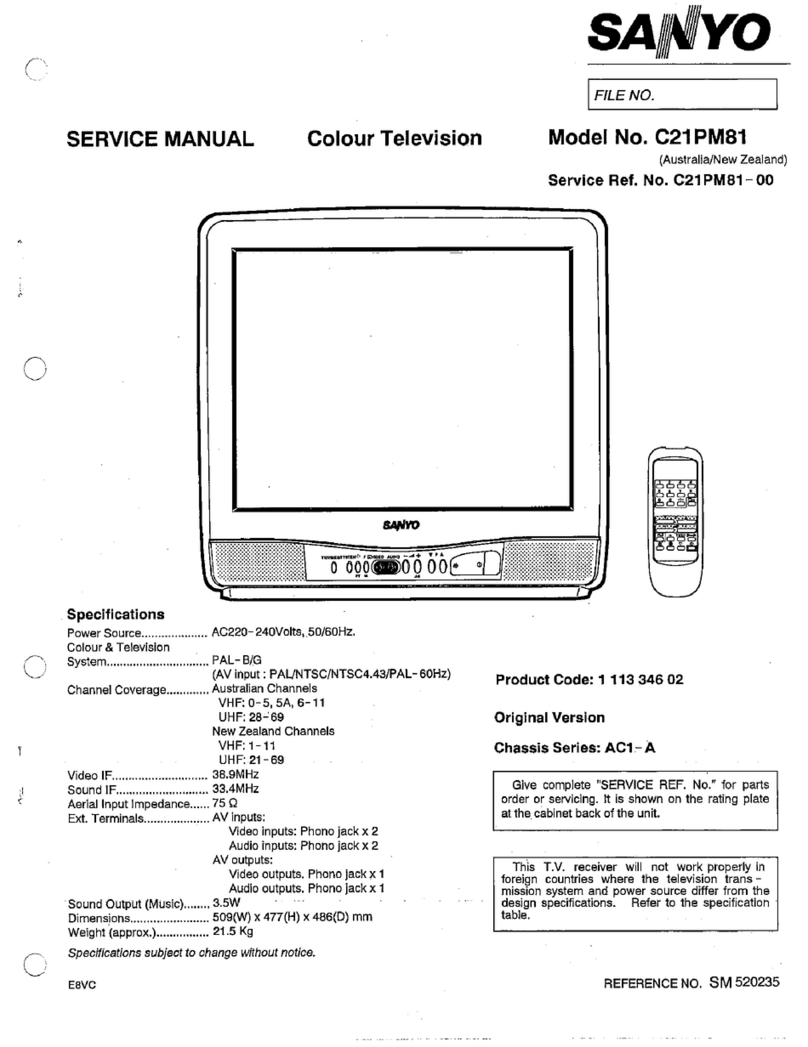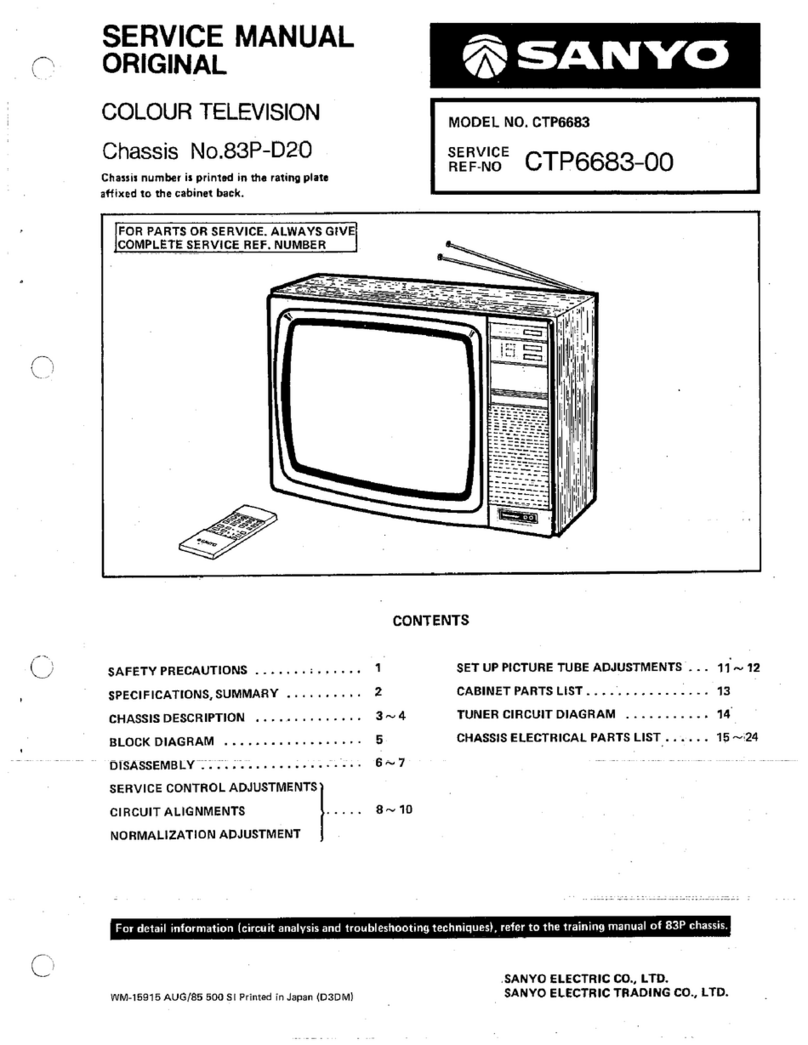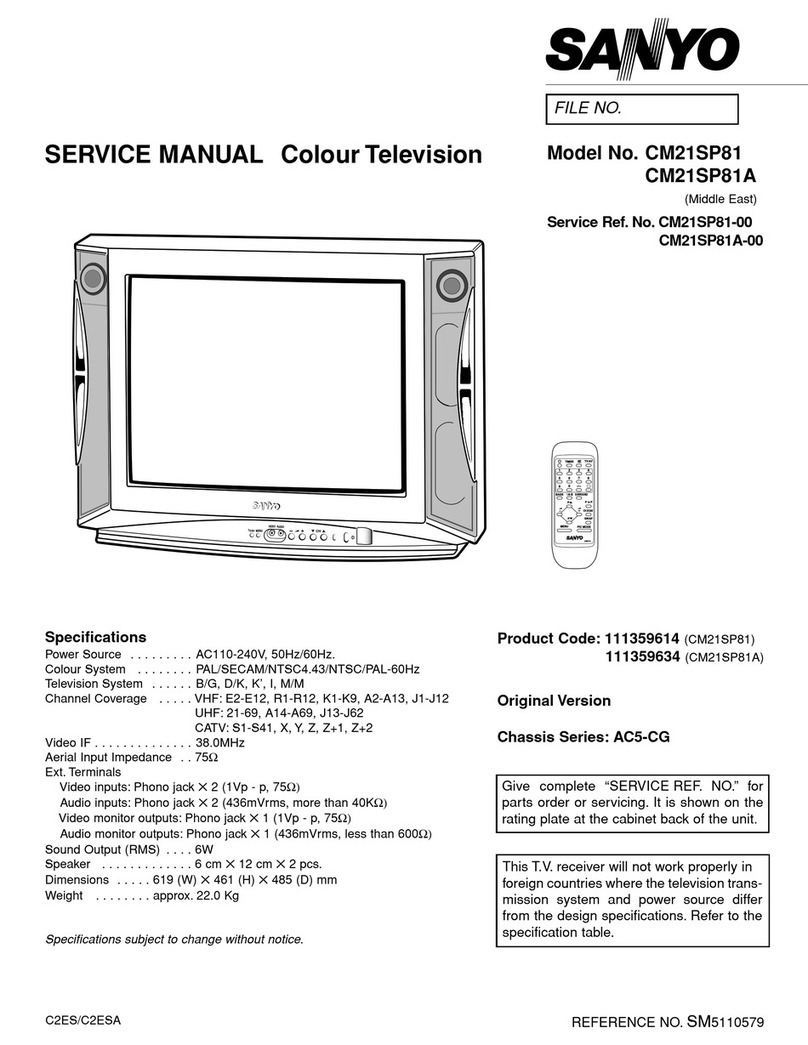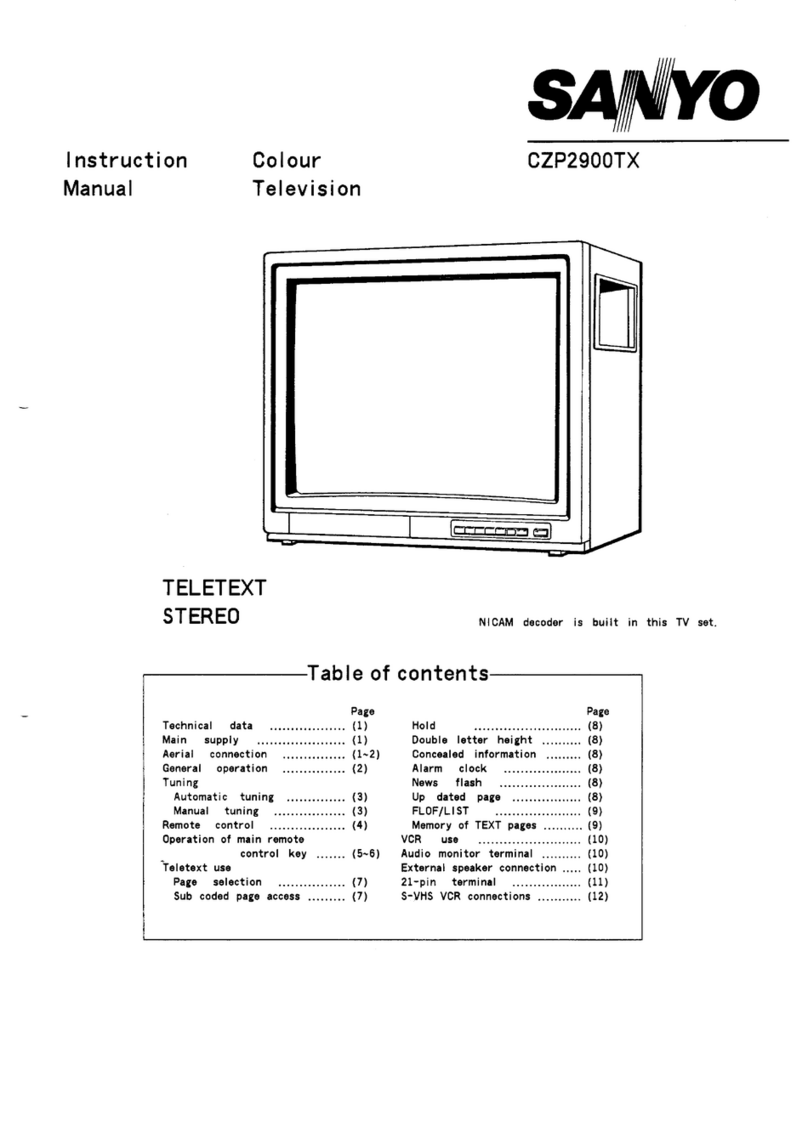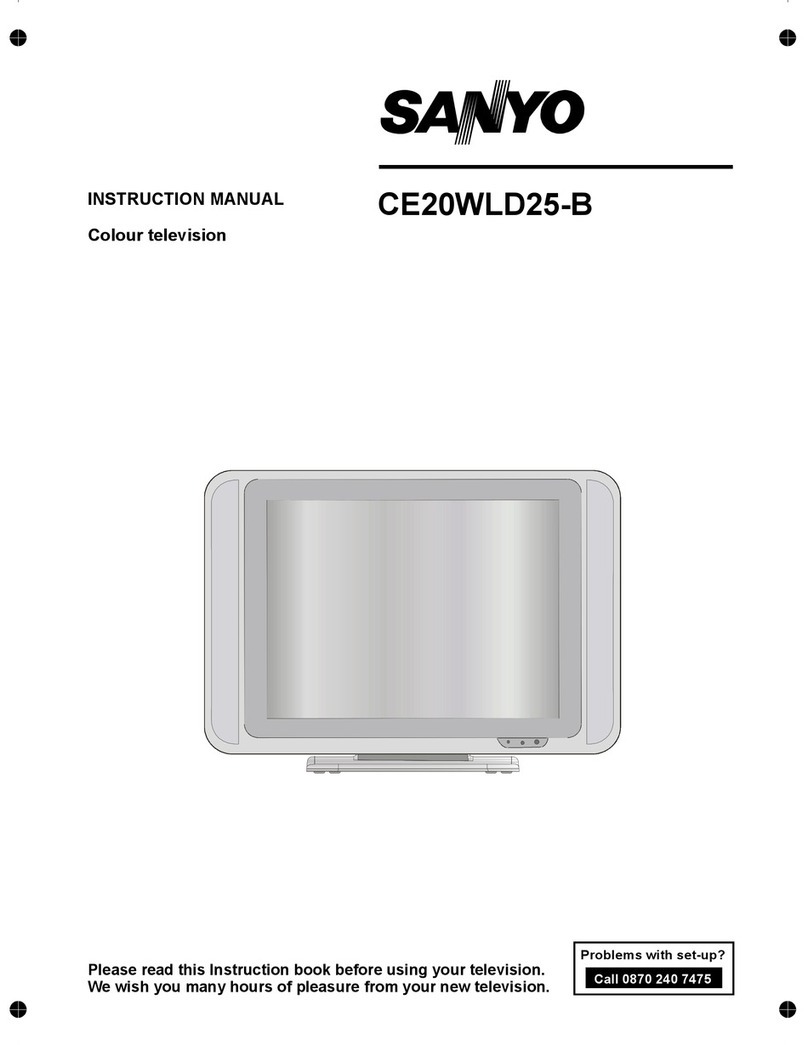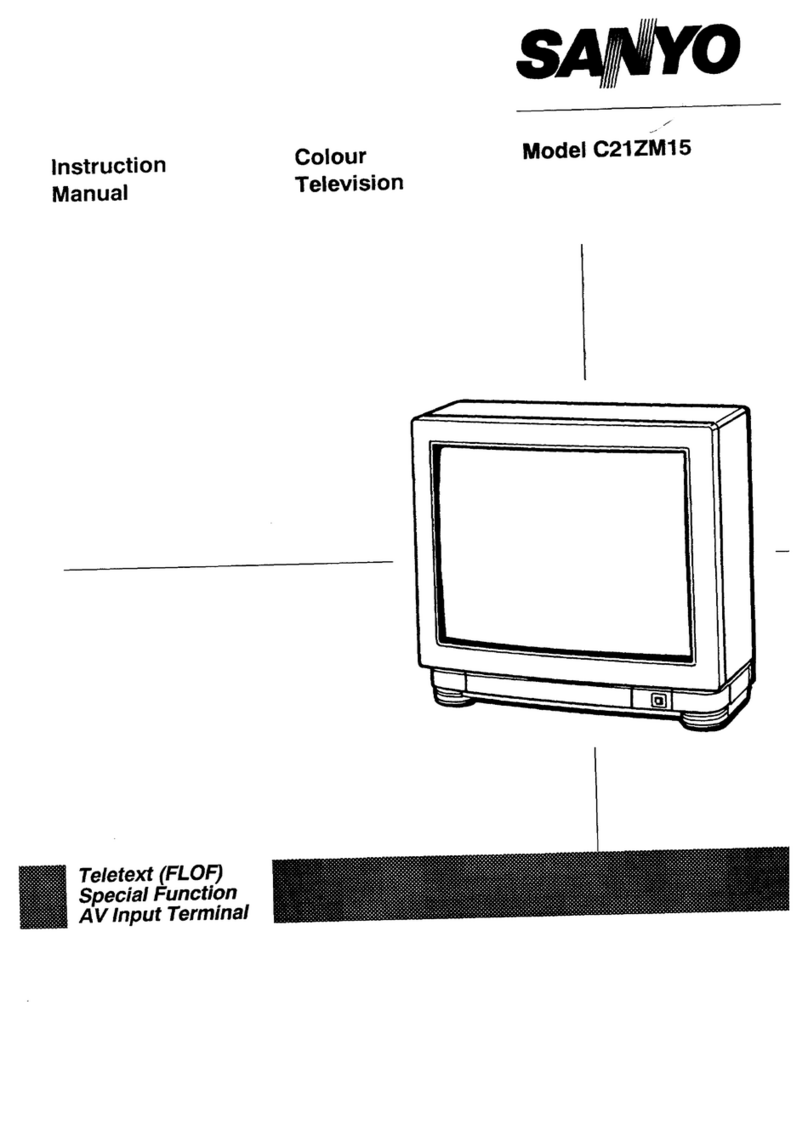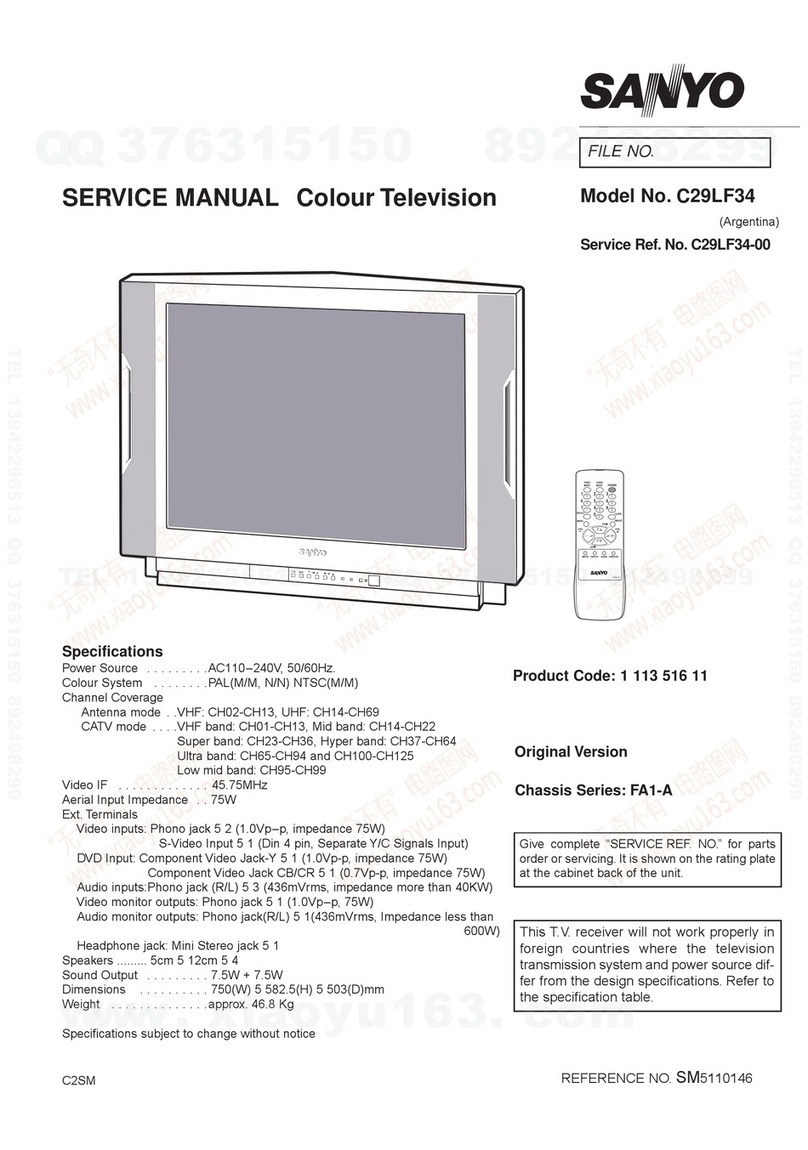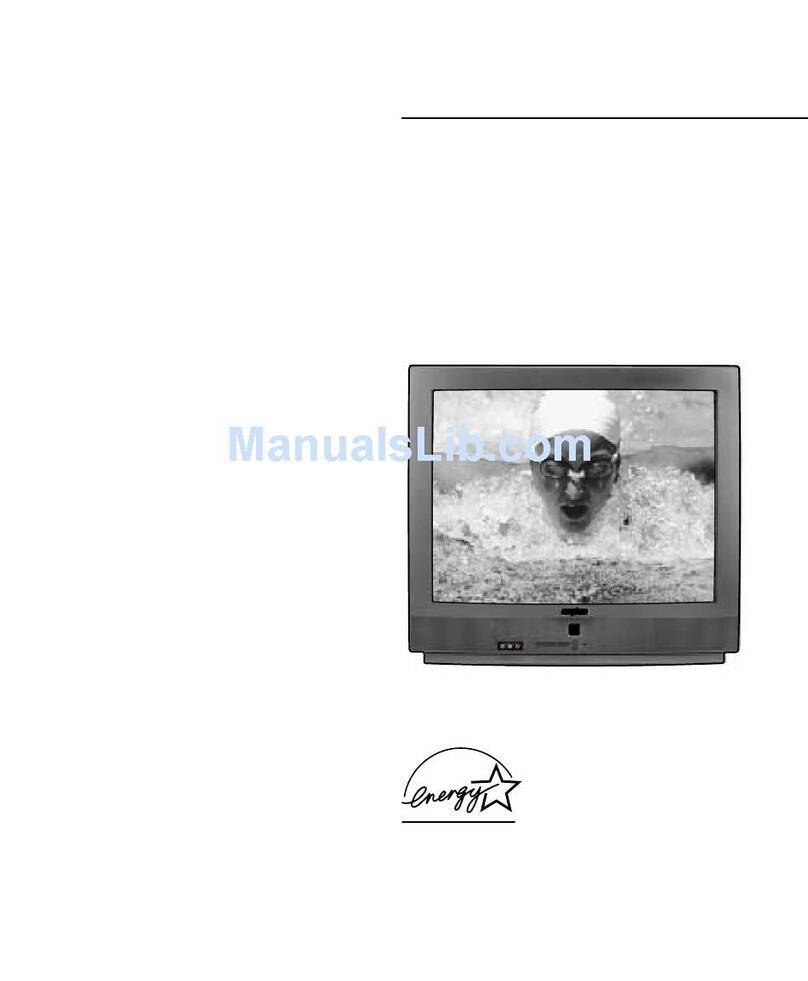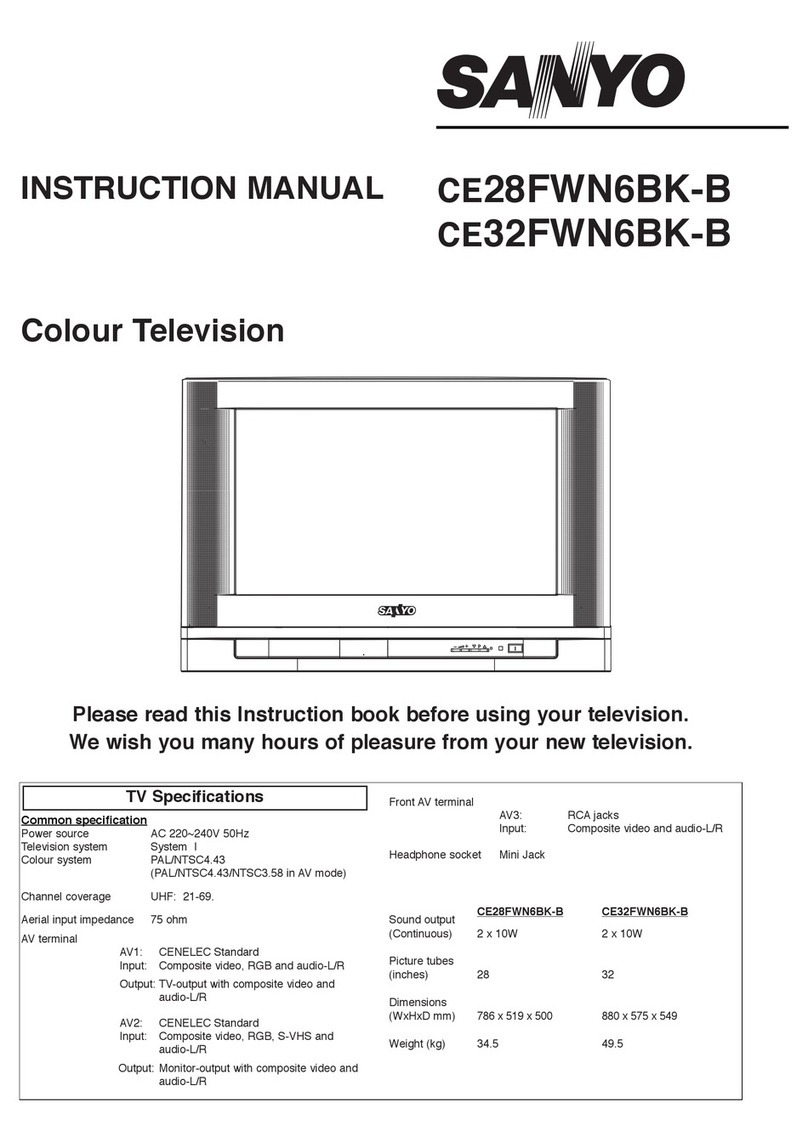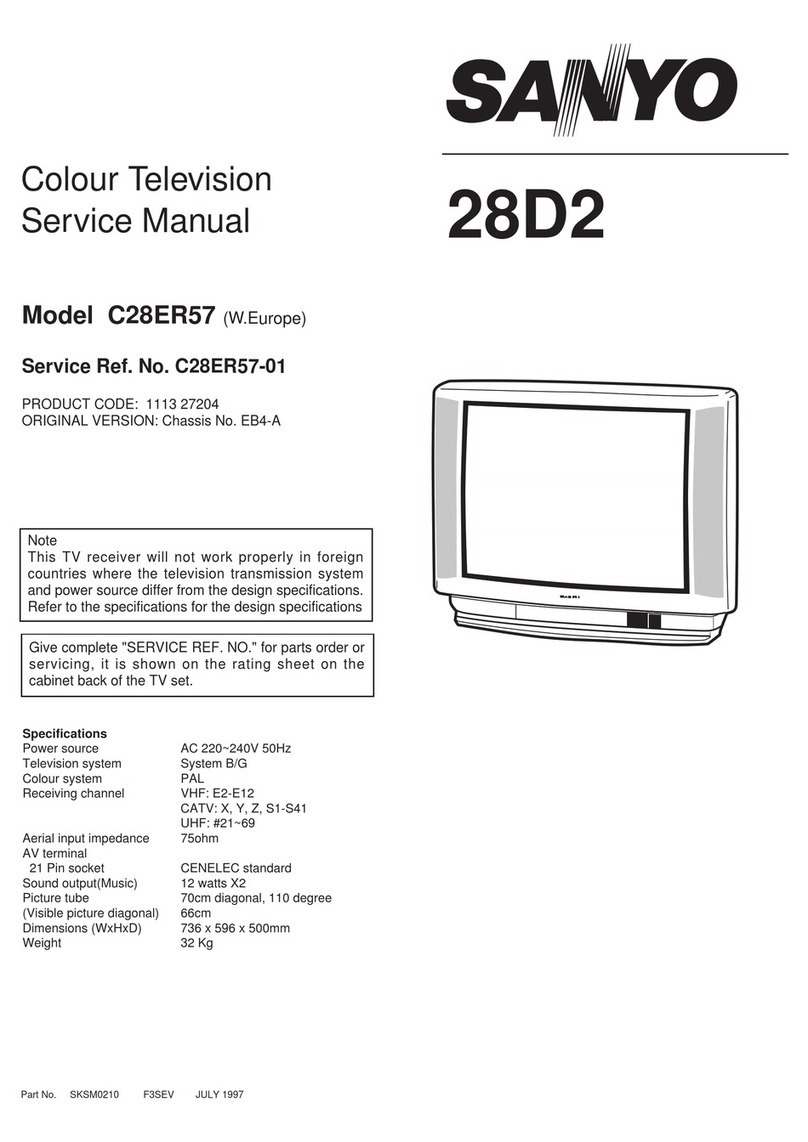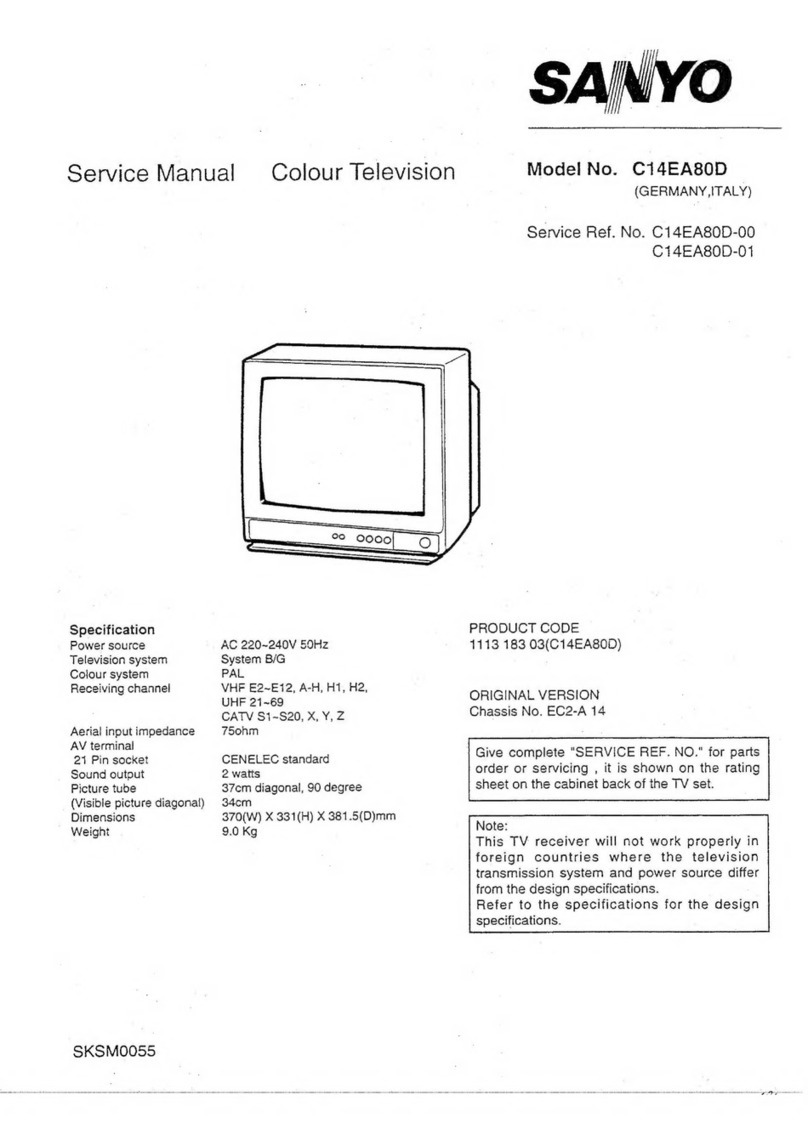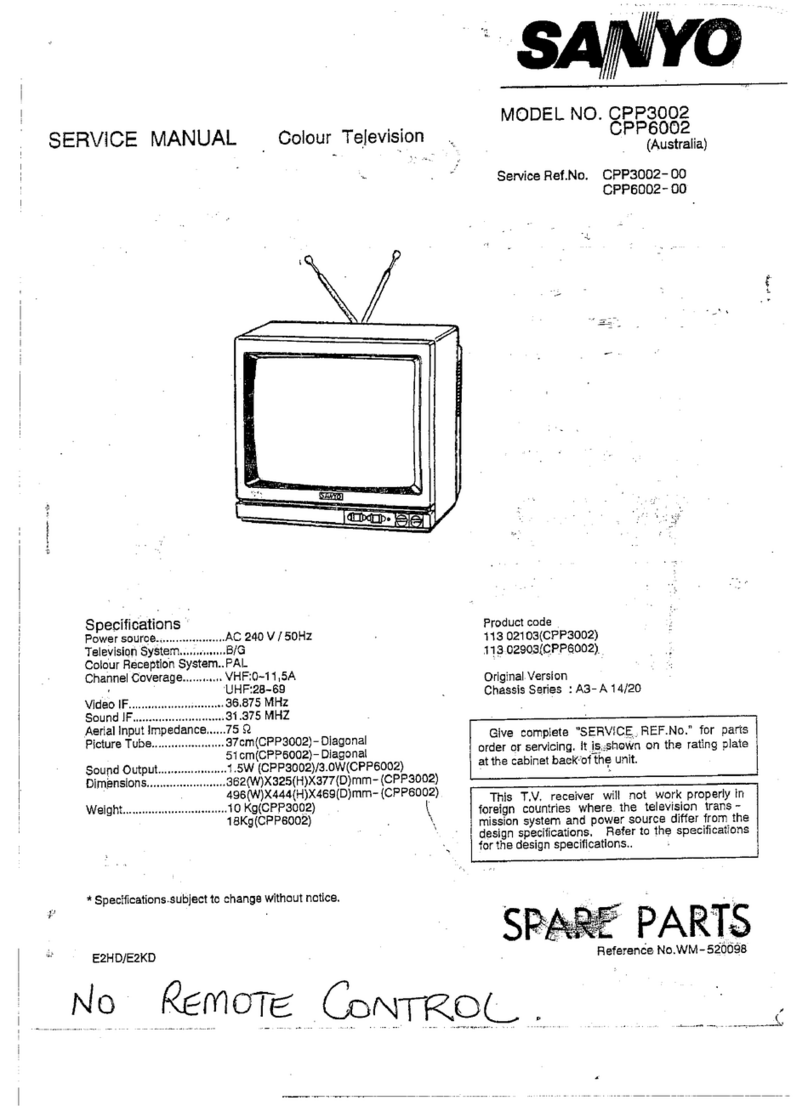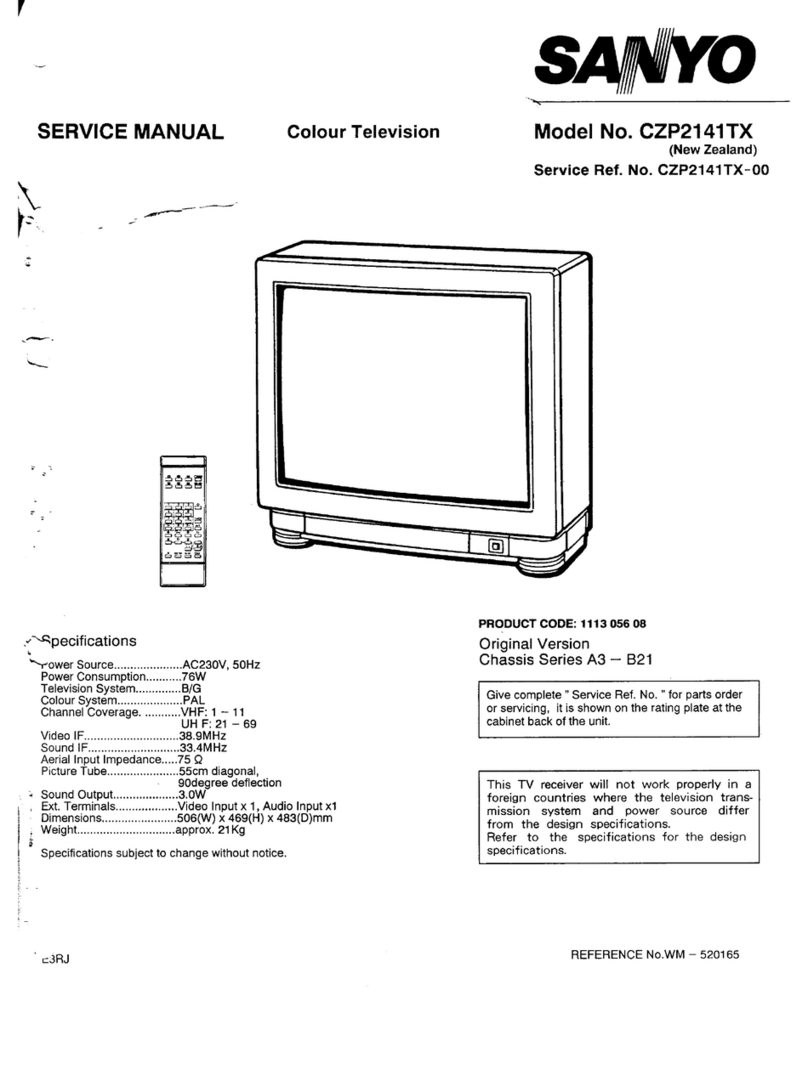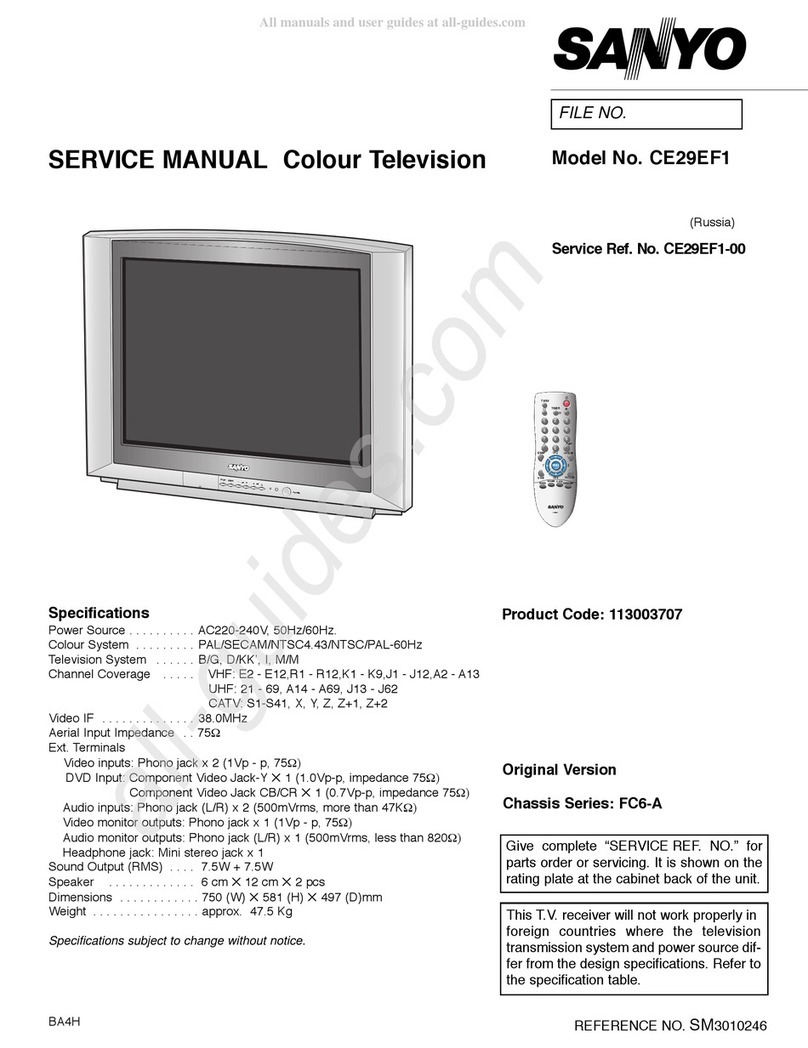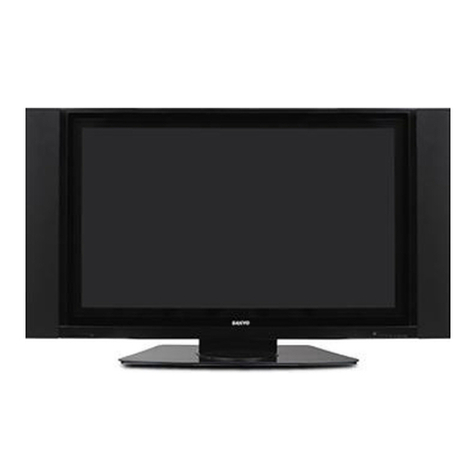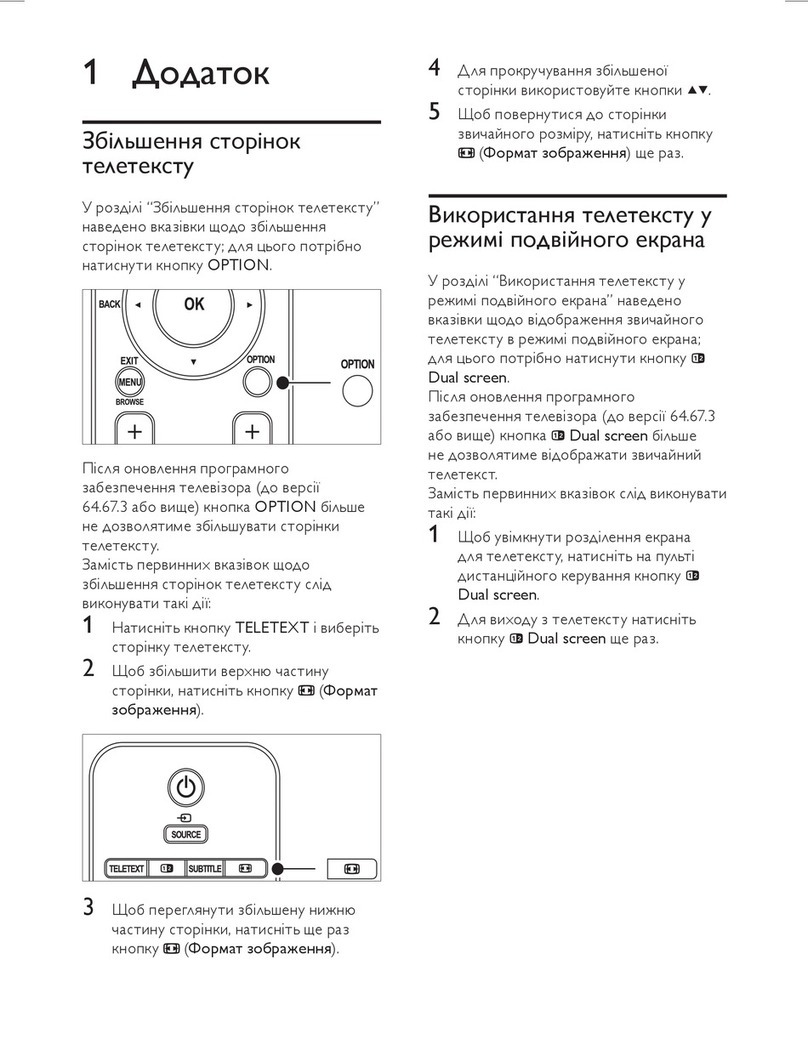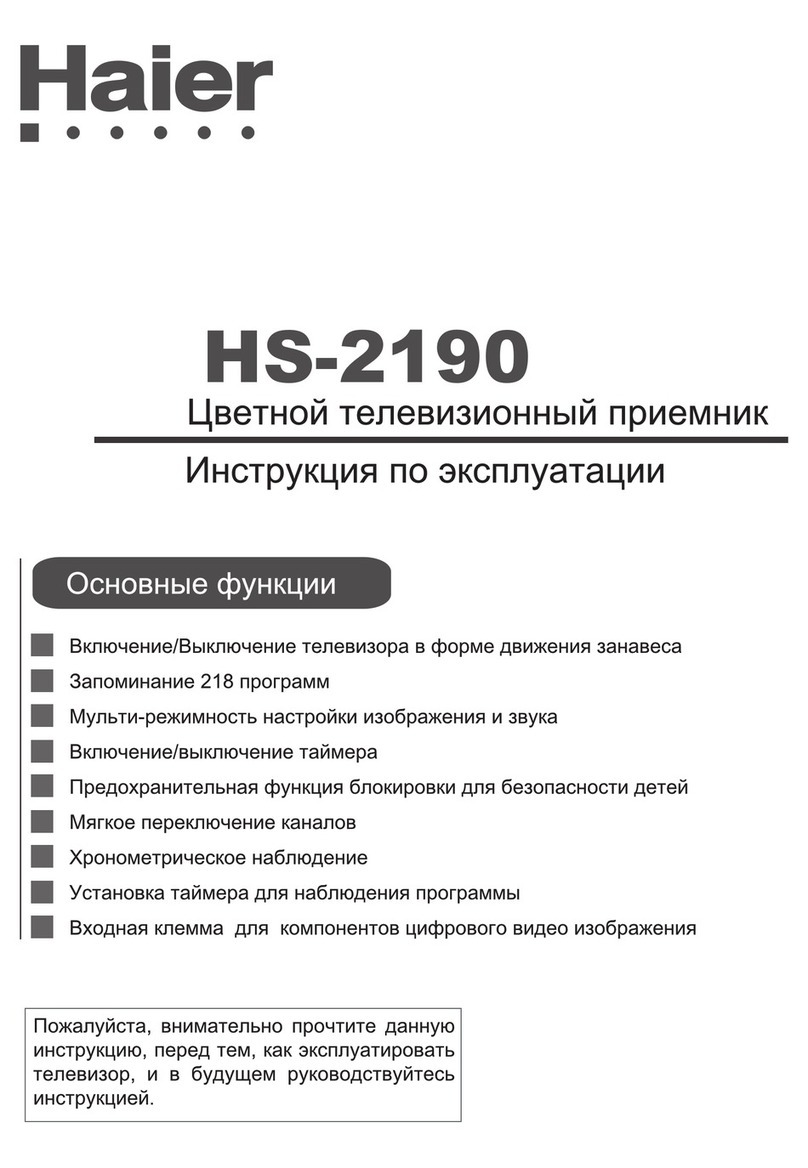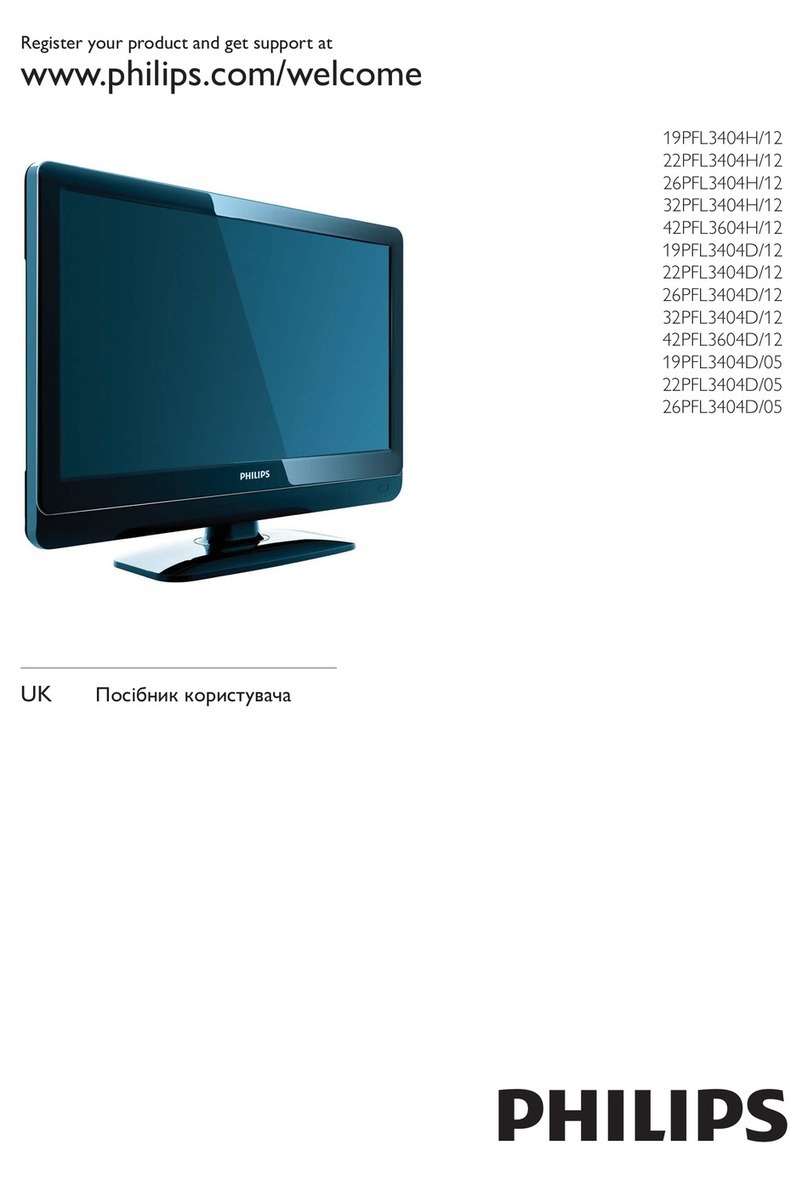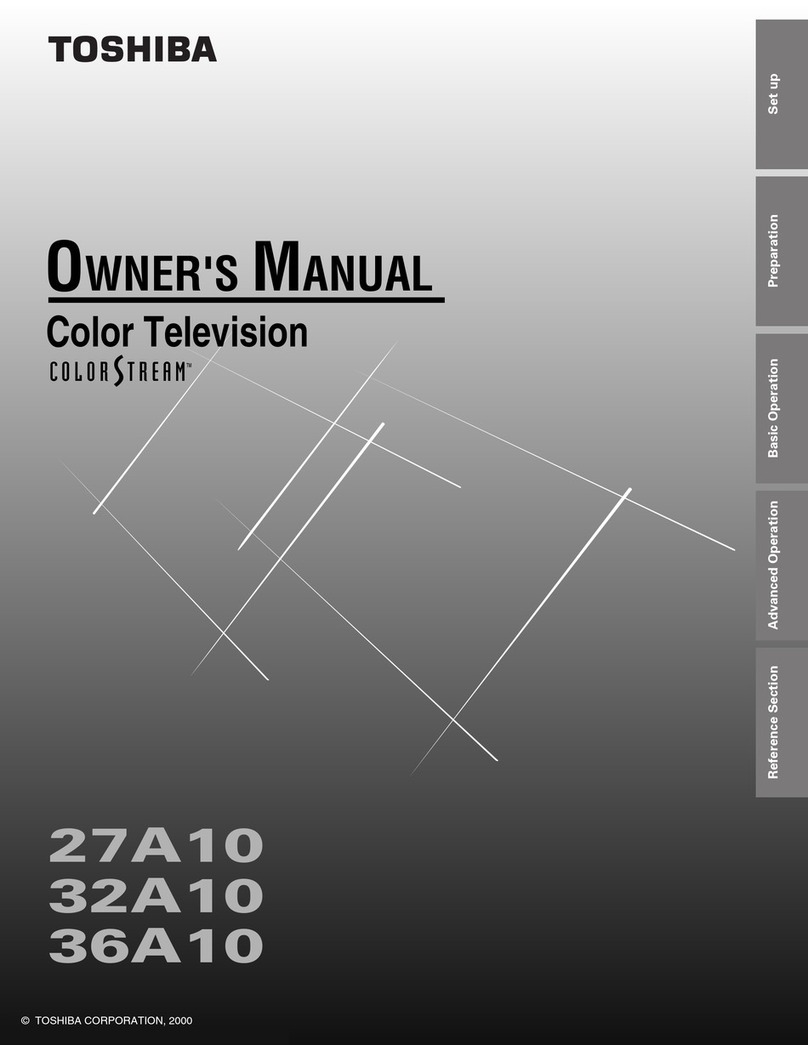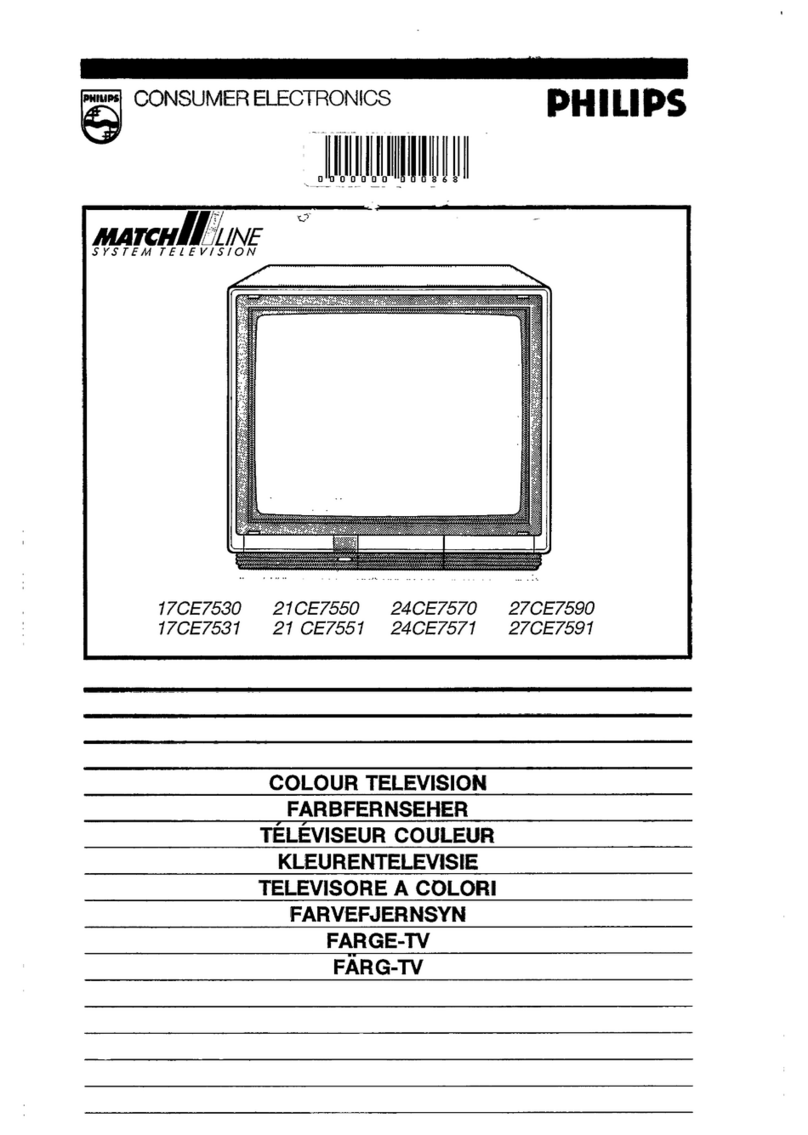
i
Table of Contents
1.
2.
3.
4.
5.
6.
7.
8.
1.
2.
3.
4.
5.
1.
2.
3.
4.
5.
6.
7.
8.
Part 1Chassis Description
Chassis Summary ........................................................................3
CPU. ......................................................................................&-18
2.1 A.DKeyldentification ...............................................................................................6
2.2 Option Switches ...................................................................................................7.9
2.3 Power On/ Standby ................................................................................................lO
2.4 Power Protection ...................................................................................................ll
2.5 Band Switching .....................................................................................................l2
2.6 Am ...............................................................................................................l3.l4
2-7 TV/AV switch Output ..............................................................................................l5
2.8 Analogue Controls Output ....................................................................................l5.l6
2-9 System Switch Output ........................................................................................l7.l8
2-10 H/Vpulse input ...................................................................................................l9
IF/Video/Chroma/Deflection ......................................................20-21
3-1 lFstage .............................................................................................................2O
3-2 Mdeo/Chroma stage .............................................................................................2l
3-3 Deflection Stage ..................................................................................................2l
System Switches ....................................................................22-23
4-1 Sound Carrier Trap ...............................................................................................22
4.2 SIFFiltering ........................................................................................................23
Audio Output .............................................................................24
Vertical Output ...........................................................................25
Horizontal Output .......................................................................26
Power Consumption Saving Circuit ................................................27
Part 2Block Diagram of K%
LA7687 cl F/Video/Chroma/Deflection> .............................................28
LC89950 <1 HDelay line> ..............................................................29
LA7642 <SECAM Decoder> ...........................................................29
LA7837 cVertical Output> .............................................................30
LA4285, LA4287 cAudio Output> ....................................................30
Part 3Trouble Shooting Chart
Common start point ....................................................................32
Dead ....................................................................................33-35
No picture/No sound ................................................................36-37
Uo picture-sound OK ...................................................................38
No sound-picture OK ...................................................................39
No colour ..................................................................................Ao
ncorrect colour phase .................................................................Al
Uo vertical deflection ...................................................................A2
Uo on-screen display ...................................................................A3
-2-
.
Training Manual AC 1Chassis
